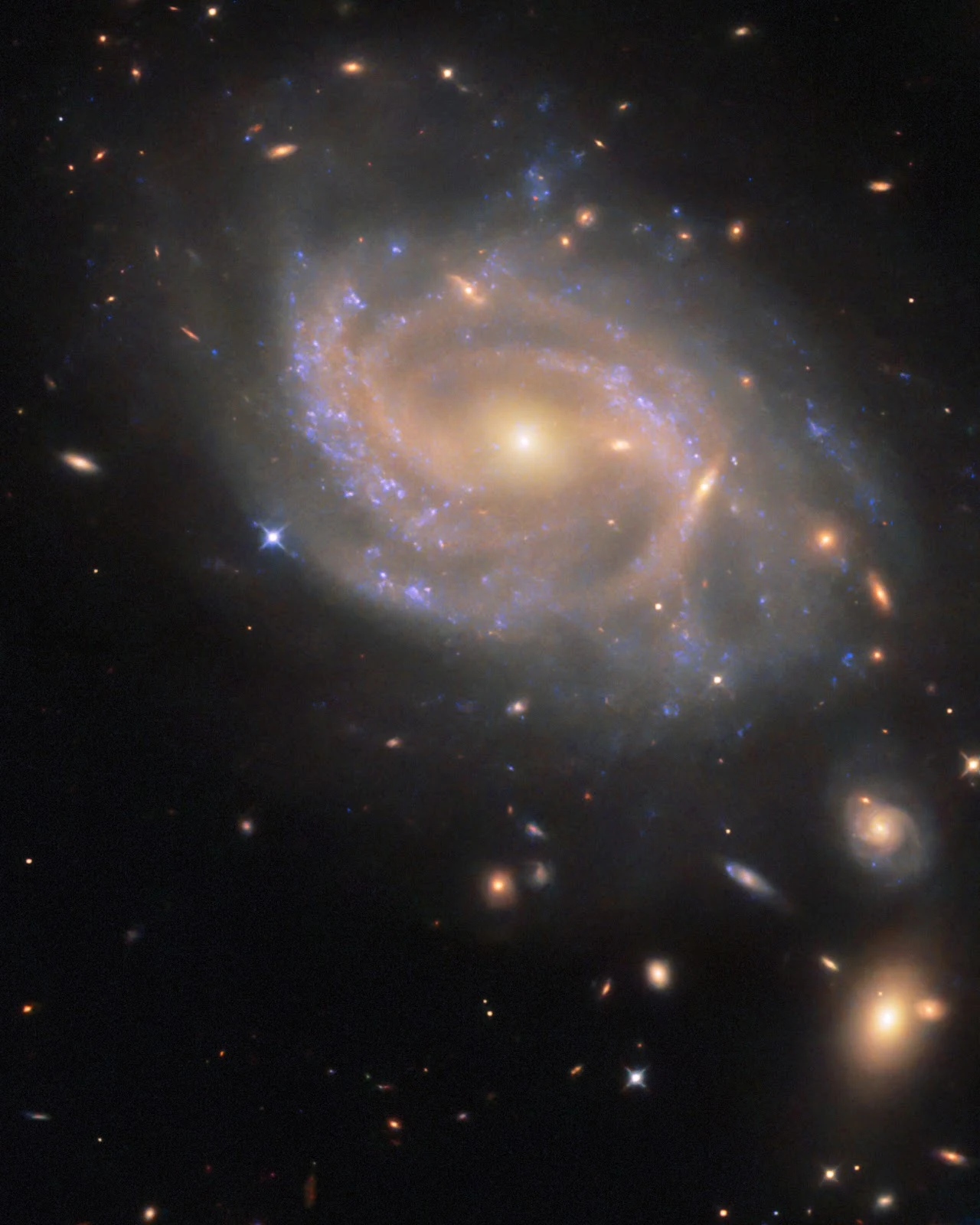This article is best read on a laptop, desktop, or tablet

Figure 1. Image stamps of example very bright dropouts in F090W, F115W, F150W, and F200W, arranged from top to bottom. Two example objects are shown for each group. The stamps are 2″×2″ in size and are oriented with north being up and east being left. The images are from the HST ACS, JWST NIRCam, and JWST MIRI, with the passbands as noted. Most of the very bright dropouts are either disk-like (∼40%) or compact (∼45%) in morphology in F356W, and one each is shown for the F090W, F150W and F200W dropouts. The example F115W dropouts include a disk-like object and an irregular object. Only ∼15% of the very bright dropouts have irregular morphologies. The color stamps in the last column are constructed based on the NIRCam images, using F090W + F115W + F150W as blue, F200W + F277W as green, and F356W + F410M + F444W as red.
In this fourth article in the series contrasting the real universe with the one described in the Bible, I look at the announcement that two cosmologists from the University of Missouri have discovered about 300 objects that are brighter than they should be if they are what researchers think they are – some of the first galaxies in the early universe. If that's what they turn out to be, it will require a reassessment of what cosmologists thought they knew about the formation of galaxies.
This highlights a frequently repeated contradiction in creationist claims: on the one hand, they insist scientists are only allowed to publish papers that conform to existing consensus, so "creationist science" never gets published; on the other hand, they complain that scientists keep changing their minds and rewriting the science books, unlike the Bible which never changes. They claim this means science is unreliable and not to be trusted. Obviously, both can't be right, but that doesn't stop creationists from claiming both simultaneously.
The other problem this paper highlights is the sheer scale of the universe and the timeline involved, which make the Bible's account look laughably naïve, even childish in its simplicity.
These mystery objects, discovered by the James Webb Space Telescope, are in the order of 13–14 billion light-years in
look-back time, meaning we are seeing the light that left them when the universe was only a few hundred million years old. Because the universe has been expanding ever since, their actual present-day distance is much greater — probably 25–30 billion light-years away.
This doesn’t contradict the 13.8-billion-year age of the universe: the light has only been travelling for 13 billion years, but in that time the fabric of space itself has stretched. It’s a bit like two ants on a rubber band: one ant flashes a signal when it is 13 cm away, but by the time the other ant sees it, the band has stretched so much that they are now 30 cm apart. The signal only travelled 13 cm, but the current separation is larger because of the stretching. To suggest, as creationists must, that the well-established methods of cosmological distance measurement are so wrong that they confuse a universe a few thousand years old with one tens of billions of light-years across, is to cling to absurdity.
In fact, this paper shows science at its best. The researchers are effectively saying to their colleagues: “
Look, we may have found a fundamental problem that could mean we were wrong all along. Let’s investigate further and be prepared to change our minds if the evidence demands it.” Now imagine a creationist announcing that they had discovered a contradiction in the Bible that forced them to question its divine authorship, or a Discovery Institute fellow admitting to evidence that could only be explained by Darwinian evolution. Such an admission would simply never happen — and certainly never be published in a creationist outlet.
Science is reasonable uncertainty; religion is unreasonable certainty.






























.jpg)



